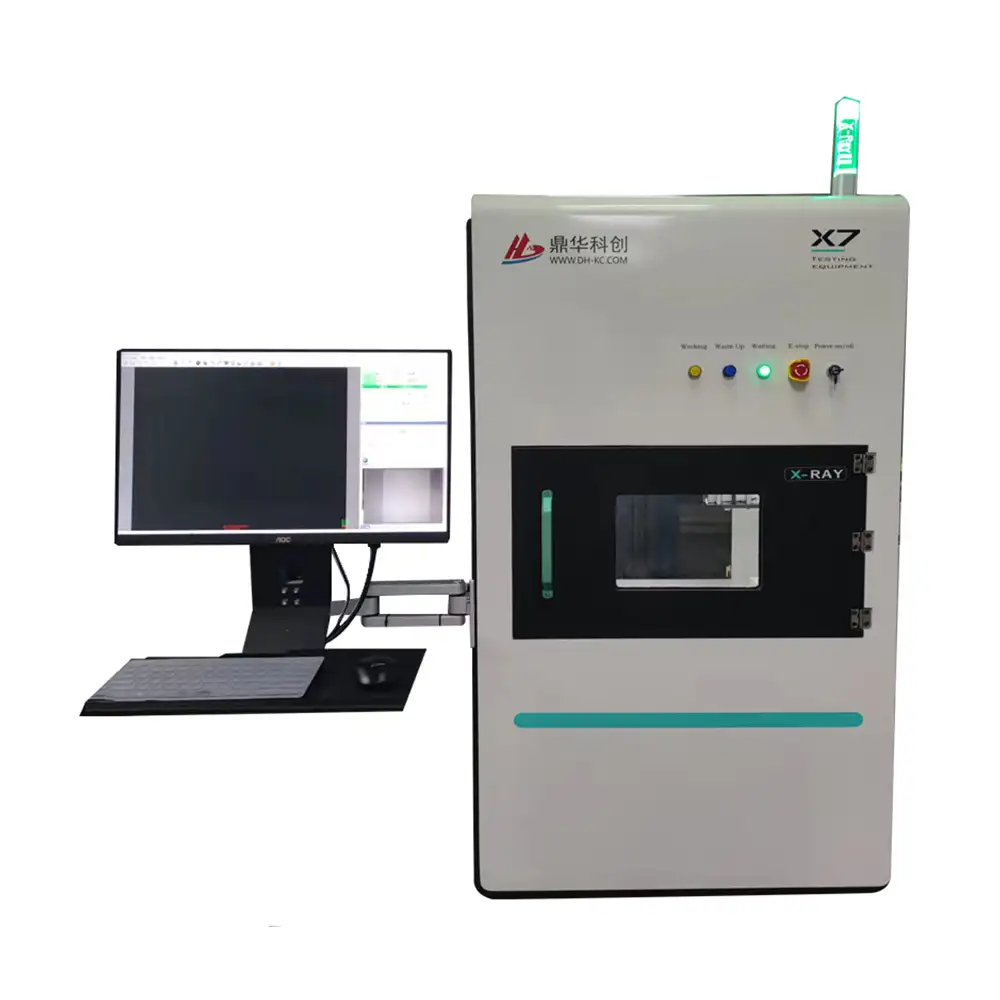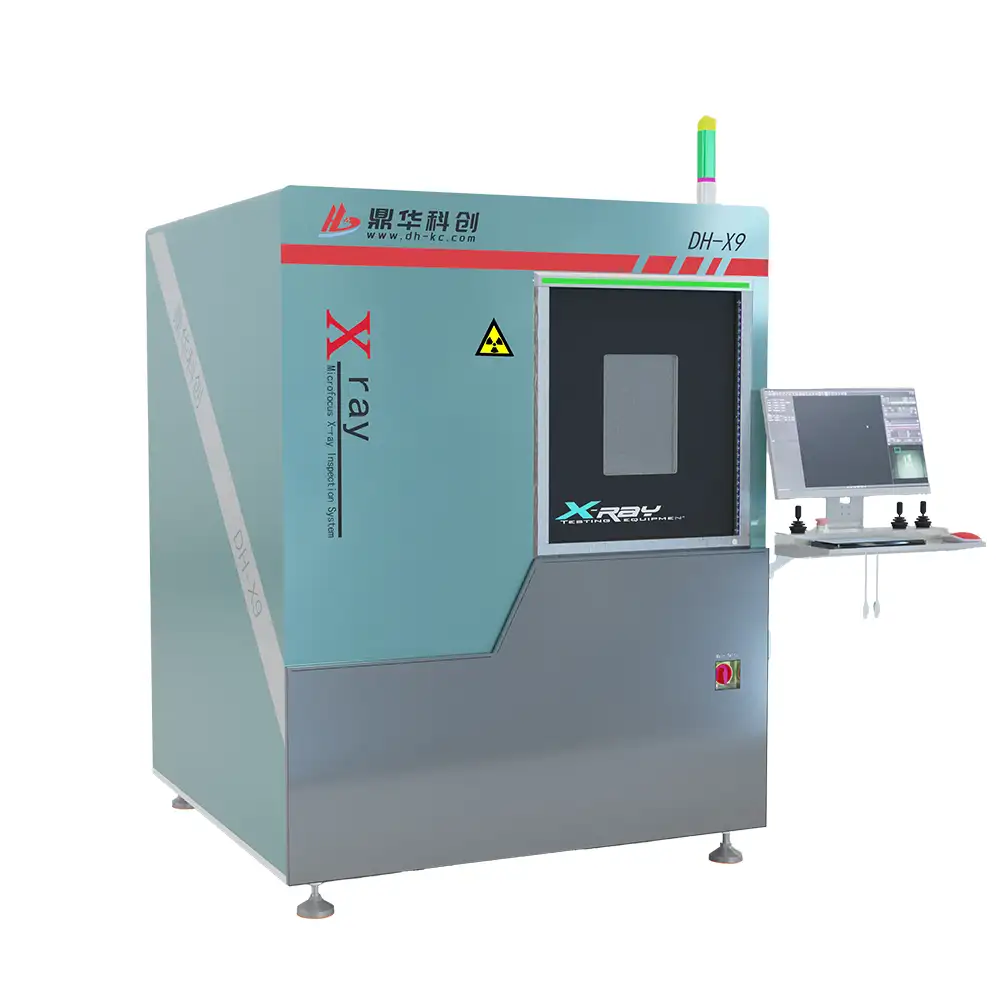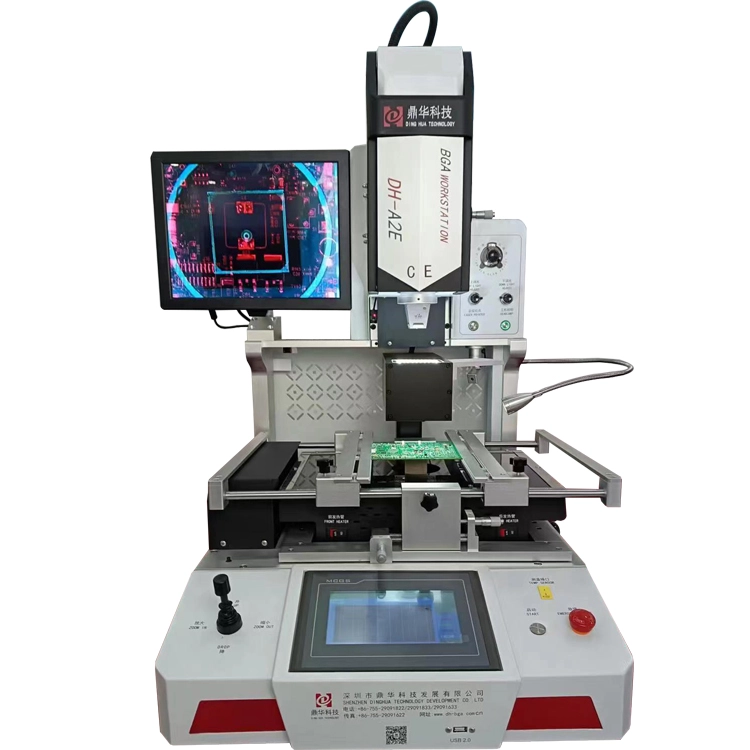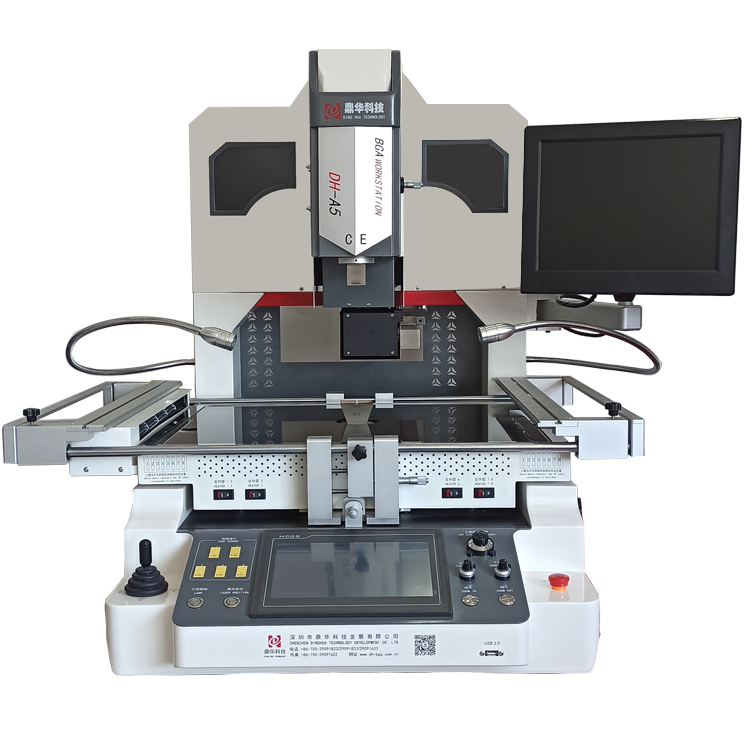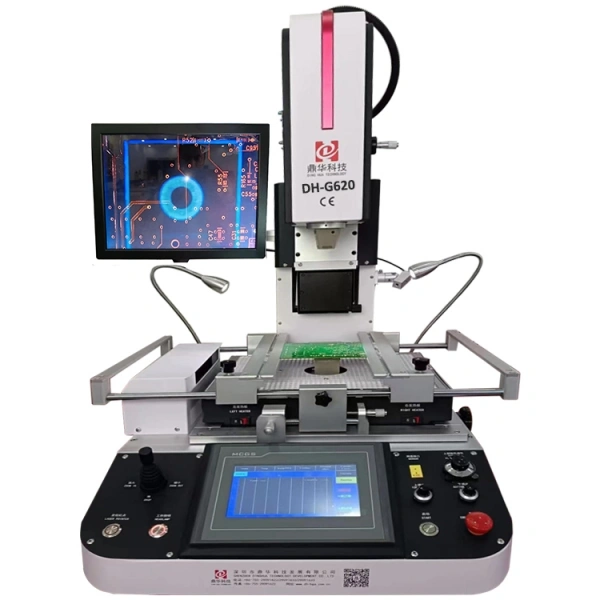Professional Equipment Manufacturer
 Esperanto
Esperanto
 Shqiptare
Shqiptare
 Euskara
Euskara
 Zulu
Zulu
 Latinus
Latinus
 Cymraeg
Cymraeg
 தமிழ்
தமிழ்
 Slovak
Slovak
 Slovak
Slovak
 Afrikaans
Afrikaans
History of BGA Technology Development
2024-07-01
The packaging technology of chips has undergone several generations of changes, from DIP, QFP, PGA, BGA to CSP and then to MCM. The technical indicators have been advanced from generation to generation, including the ratio of chip area to packaging area becoming closer to 1, the applicable frequency becoming higher and higher, the temperature resistance performance becoming better and better, the number of pins increasing, the pin spacing decreasing, the weight decreasing, the reliability improving, and the use becoming more convenient.
The trend since the 1970s has been the dual in-line package, abbreviated as DIP. In the 1980s, chip carrier packaging emerged, including ceramic leadless chip carrier LCCC, plastic lead chip carrier PLCC, small-sized packaging SOP, and plastic four sided flat packaging PQFP.
Until the 1990s, with the advancement of technology and the continuous improvement of chip integration, the number of I/O pins increased sharply, power consumption also increased, and the requirements for integrated circuit packaging became more stringent. With the advancement of integration technology, equipment improvement, and the use of deep sub micron technology, LSI, VLSI, and ULSI have emerged successively. The integration degree of silicon single chips continues to increase, and the requirements for integrated circuit packaging are more stringent. The number of I/O pins has increased sharply, and power consumption has also increased accordingly. To meet the needs of development, a new variety, Ball Grid Array Package (BGA), has been added on the basis of the original packaging varieties.
BGA has become the best choice for high-density, high-performance, multifunctional, and high I/O pin packaging of VLSI chips such as CPUs and north-south bridges since its emergence.
Intel Corporation uses ceramic pin grid array packaging CPGA and ceramic ball grid array packaging CBGA for CPU chips with high integration (over 3 million transistors per chip) and high power consumption, such as Pentium, Pentium Pro, and Pentium II. Micro exhaust fans are installed on the housing to dissipate heat, thereby achieving stable and reliable circuit operation.
Keywords:
Blog
history
bga
technology
developmentthe
Related News
Essential Insights on Manual BGA Rework Stations for Industrial Equipment Repair
In the realm of industrial equipment repair, a Manual BGA (Ball Grid Array) rework station stands out as an invaluable tool for technicians and engineers. These stations are specifically designed for the rework and repair of BGA components on printed circuit boards (PCBs), a common requirement in various electronic devices and machinery. Understanding how to effectively utilize a Manual BGA rework
From Beginner to Pro: Mastering Your BGA Rework Station for Enhanced Industrial Equipment Repair
From Beginner to Pro: Getting Started with Your BGA Rework Station Table of Contents 1. Introduction to BGA Rework Stations 2. Understanding BGA Rework Technology 3. Essential Tools for Your BGA Rework Station 4. Setting Up Your BGA Rework Station 5. Key Techniques for Effective BGA Rework 6. Troubleshooting Tips for BGA Rework 7. Safety Precautions When Using a BGA Re
Nepcon China
Mastering BGA Rework Stations: Essential Insights for Industrial Equipment Maintenance
When it comes to maintaining and repairing industrial equipment, BGA (Ball Grid Array) rework stations have become indispensable tools. These stations are specifically designed for soldering, removing, and replacing BGA components on printed circuit boards (PCBs). Understanding how to effectively use a BGA rework station can greatly enhance the quality of your repairs and extend the lifespan of yo







